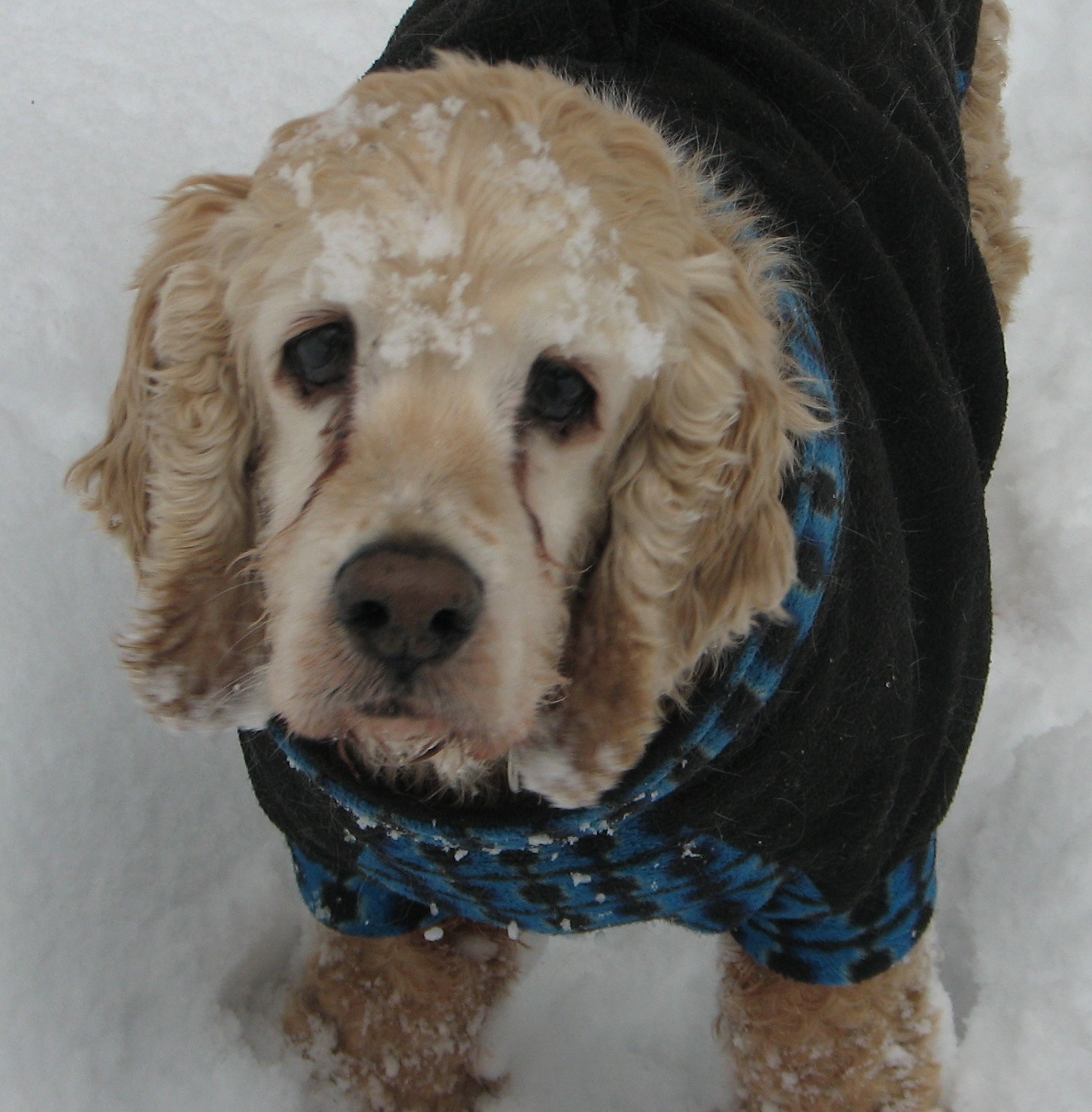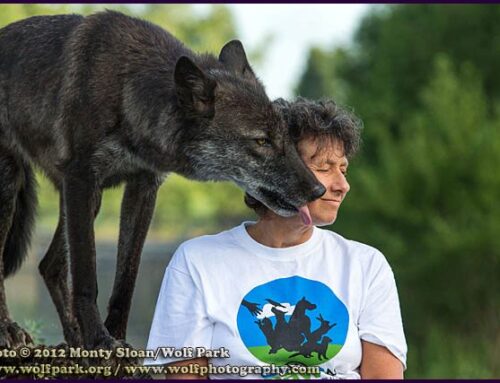 I wish I had a dollar for every recently adopted or foster dog who goes missing. If I did I’d spend it on one of the new GPS tracking devices available to pet owners.
I wish I had a dollar for every recently adopted or foster dog who goes missing. If I did I’d spend it on one of the new GPS tracking devices available to pet owners.
A day doesn’t go by without seeing notices of these lost dogs on my Facebook or twitter feeds. I’ve had it happen myself and the sinking gut feeling of knowing a dog you have been caring for and care about, is out running scared, a potential victim to cars, weather, starvation or predators, is an emotional response I can do without. My blogger friend Mel recently experienced this with her foster dog Lady. Mel’s story is a good example of the fact that things can go wrong despite any precautions or responsible steps we have taken. Lady’s adventure has a happy ending, but many similar stories do not.
People who adopt a dog, especially one with any fearfulness, often do not understand the flight risk their dog poses. Either they are not having it impressed on them by the people organizing the adoption, or they are ignoring the warning. It may be a case of bad luck and timing. A door is opened and a fearful dog, who has been looking for opportunities to escape, does. Or something startles a dog and once they’re on the run, are difficult or impossible to get control of.
Having ID on a dog is a no-brainer. If an unidentified dog is found it’s likely going to end up at an animal shelter and what happens then will vary. Some shelters will make efforts to locate the dog’s owner, while at others the dog enters the queue of dogs who will be euthanized if not claimed or adopted within a set period of time. Even ID is no guarantee that a dog will be returned to its owners, unfortunately. When my dog, who had been living with my mother ran off I visited the local ‘pound’ and found her. I would have gone there days earlier except that my mother had called the facility and been told that no dog matching her description was there. She also had up-to-date town license tags on her collar.
All my dogs have an ID tag on their collar with my name and contact information on it. Should a good Samaritan find my dog they can contact me directly, perhaps sparing my dog a stay at the shelter. An injured dog with ID is more likely to receive timely medical care because a vet can contact the owner to approve what might be costly procedures.
My fearful dog Sunny’s tag has his name as ‘Bosco’. A dog’s name should predict good things, and for most dogs this is true, but often not the case for people-shy dogs. Being spoken to by name predicts an interaction, which is scary to him. In training classes I discovered that it was difficult for people not to talk to my dog, even after I specifically asked they didn’t.
“This is Sunny, but please don’t talk to him.”
Before class was over this was bound to happen.
“Isn’t he is a pretty boy, does Sunny want a treat?” spoken by well-intentioned classmate.
So instead I tell people his name is, “Bosco, and please don’t talk to him.” He is still uneasy if strangers approach and talk to him, but if they do not use his name, he is less so. Bosco means nothing to him.
Technology will continue to improve and one day I hope that all dogs go to their new homes with a tracking device on them. In the meantime we can help our fearful dogs so that not only are they kept safe and secure, but we create a positive, trusting relationship with them so they are less inclined to run away from us should opportunity knock and leave a gate open.





